Images of War Are Shocking. They Also Can Strengthen Our Humanity.
In Graphic, two Berkeley authors explore the social power of unsettling images from war and conflict — and the psychic risks they pose to viewers.
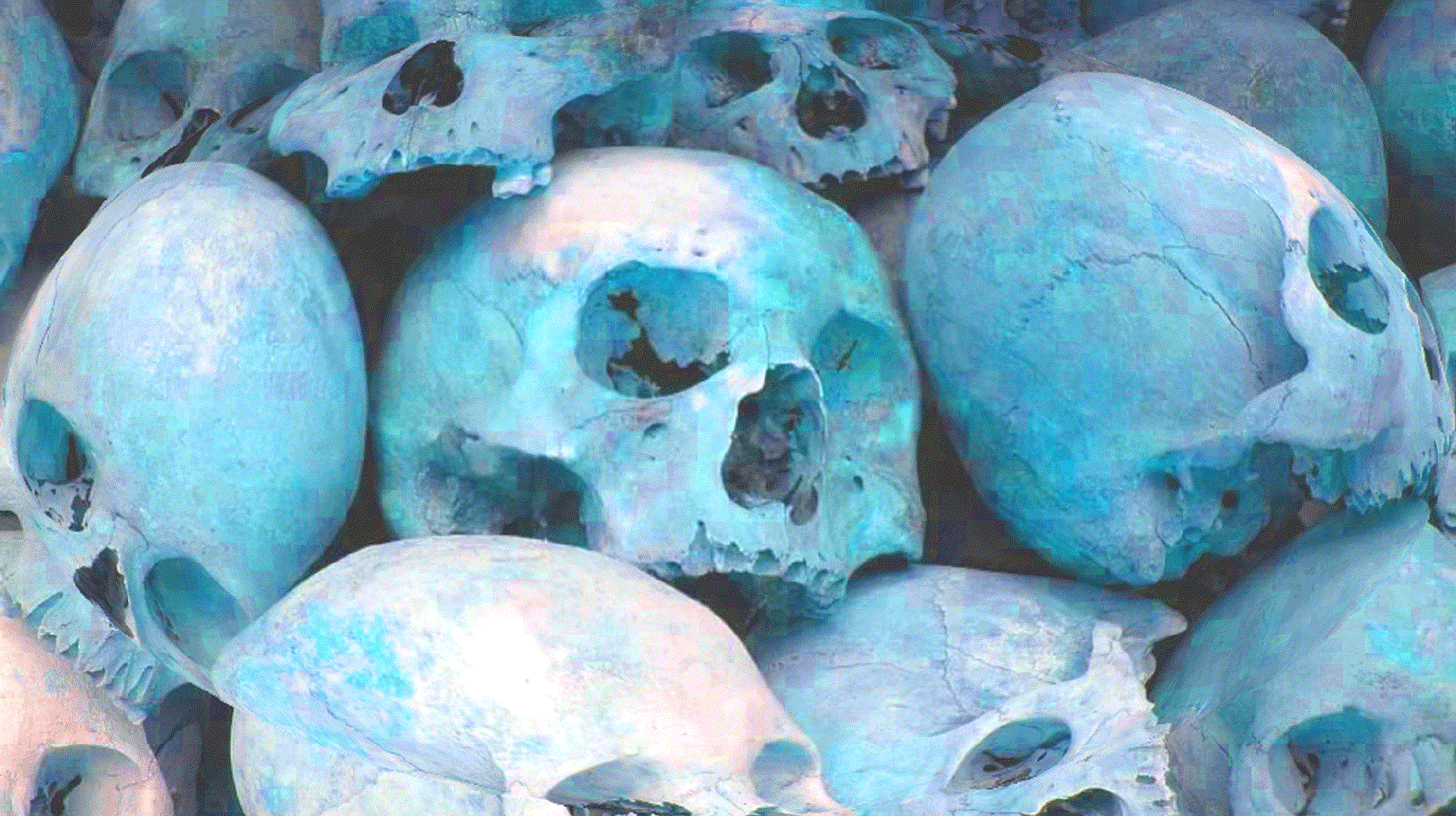
Some photos in this story contain depictions of violence, including racial and ethnic violence, that might be distressing to some readers.
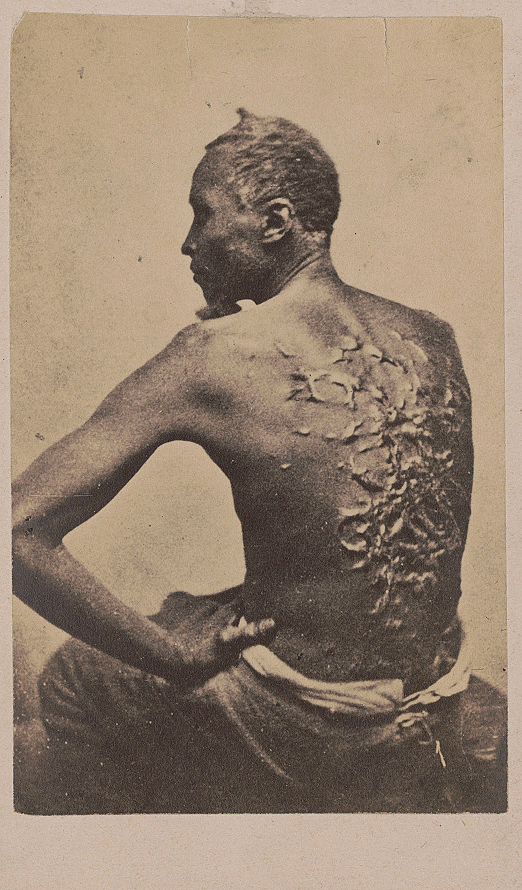
The image is in faded sepia tones, but even today, 150 years later, it has the power to shock the viewer: a slender Black man, his face turned from the camera, his back covered in a savage crosshatch of scars that bear witness to a whipping.
His name was Peter. He was an escaped slave. A pair of photographers in Baton Rouge, Louisiana, captured the image in 1863, and in a nation wracked by civil war, hard-copy reproductions were passed person-to-person until they were widely known. Even without commentary, the photo provided powerful evidence for American abolitionists intent on showing the human costs of slavery.
For two UC Berkeley scholars, Alexa Koenig and Andrea Lampros, there’s a direct line from that haunting, slavery-era photograph to the shattering photos and videos of today’s wars and tragedies. In their new book, Graphic (Cambridge University Press, 2023), they explore how images can galvanize movements for social justice and the risks that arise when smart phones and social media convey horrifying images into our lives — and brains — every day, 24/7.
The authors’ core question: How do human rights workers, journalists and news consumers persist in their quest for democracy and social justice when exposed to images of human violence and depravity that can traumatize or paralyze them?
Brutal ongoing wars in Ukraine and the Middle East, along with the past decade of refugee tragedies, make the question particularly acute, they said in a recent interview.
"Our intention, generally, was to acknowledge this moment," said Lampros, a former journalist and co-founder of the Investigations Lab at the UC Berkeley Human Rights Center. "We wanted to grapple with it ... with an eye toward enabling people to engage with the world for the long haul — and to not step away, to not become numb or overwhelmed, and not to get to a point where it harms them psychologically."
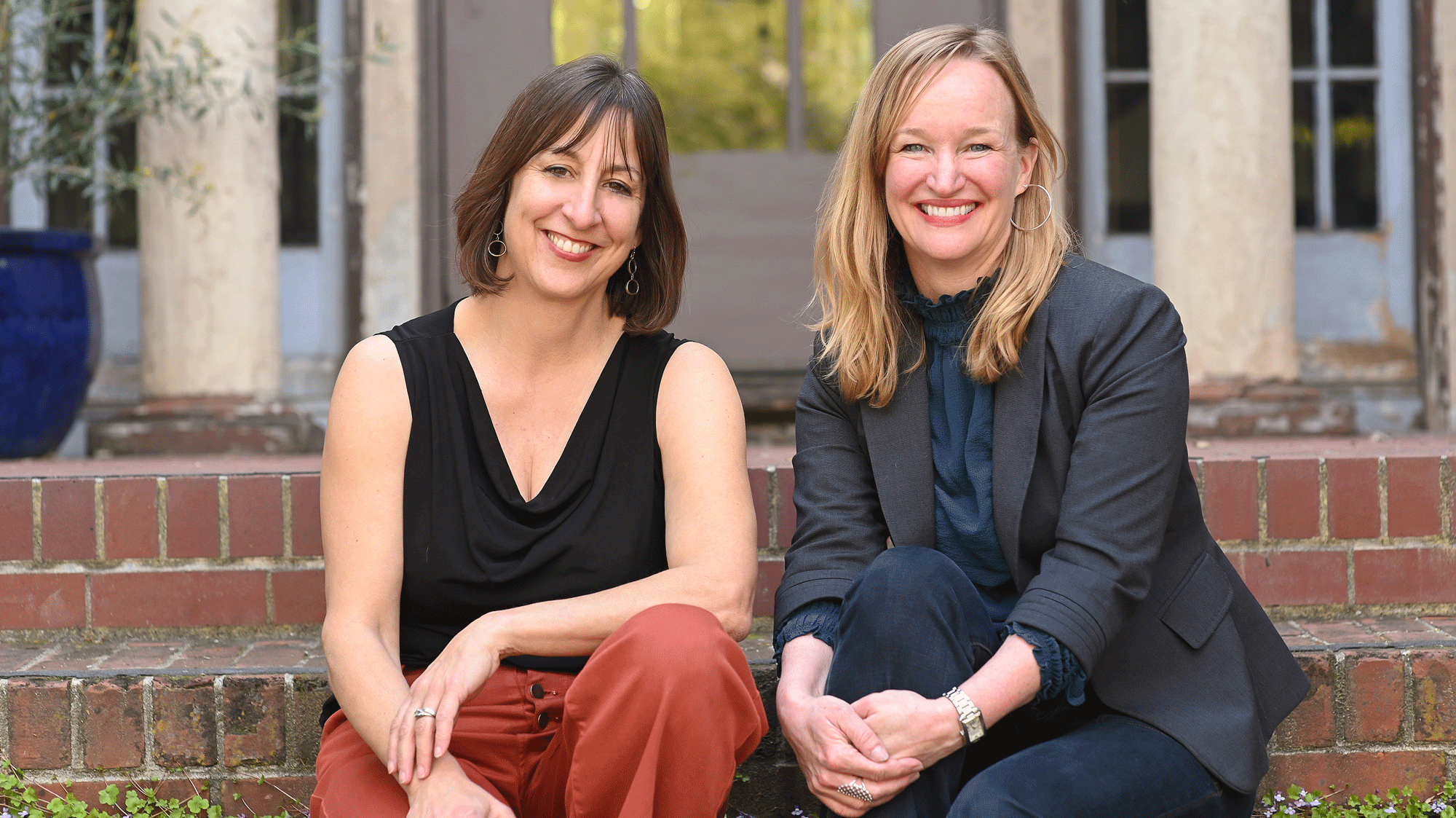
The risk that viewers will suffer psychological harm is real, and in the 138-page volume, the authors survey studies that show how exposure to second-hand violence via photos and videos can cause trauma. But they also offer practical strategies for maintaining our hope and humanity despite the horror conveyed by these images.
Powerful images can shock us into action
A dynamic in which viewers are inspired to action by disturbing images has been with journalists and news consumers since the advent of photography. In graphic detail, Mathew Brady and other Civil War photographers conveyed the violence and human cost of that conflict. Each new era seems to bring iconic images that shape our understanding of events that define the era.
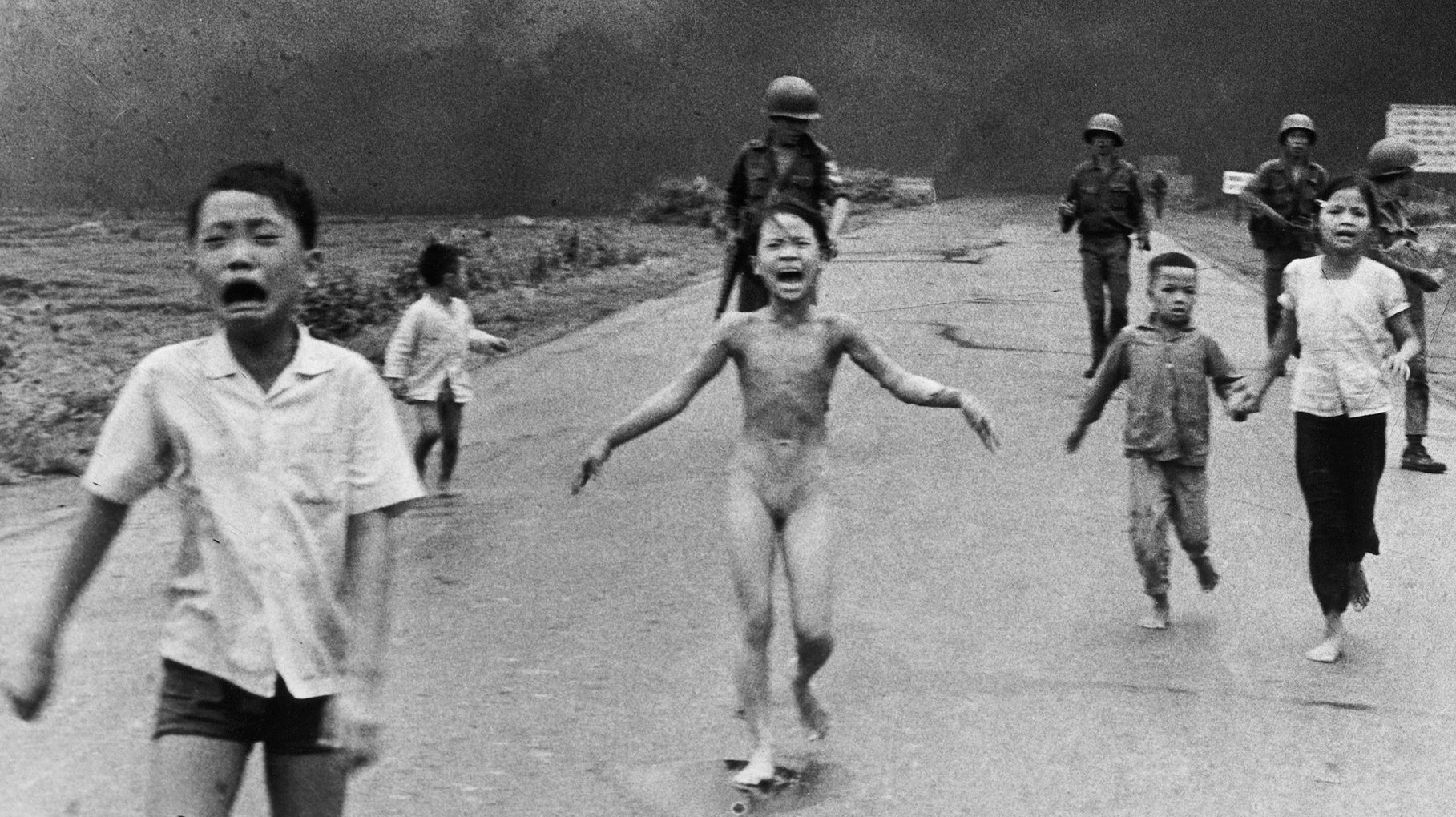
Lynchings in the early 20th century. The Vietnam War image of 9-year-old Kim Phúc, naked and screaming as she runs from a napalm attack. Salvadoran campesinos murdered by military death squads. The video of Los Angeles police beating motorist Rodney King. The anonymous man falling from the World Trade Center after the terror attacks of Sept. 11, 2001. U.S. Capitol police officers being beaten and crushed by right-wing mobs on Jan. 6, 2021.
Lee Miller was a pioneering World War II photographer, one of the few women to work in a field then dominated by men. After the collapse of the Nazi regime, she captured some of the first horrific images from concentration camps at Dachau and Buchenwald. Later, she spiraled into depression and alcoholism, seemingly shattered by what she’d seen.
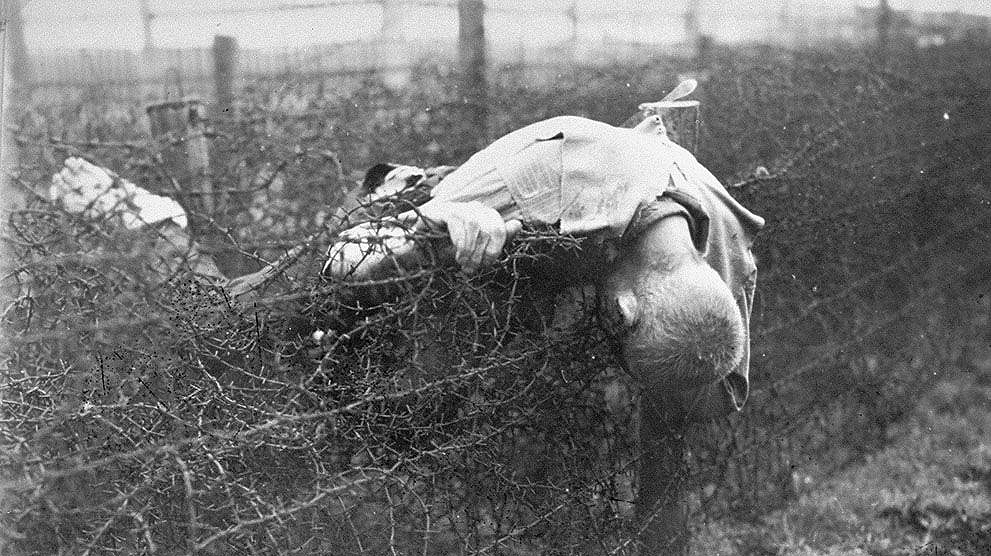
In that era, journalists filtered the images they shot, tempering the potential shock to viewers and preserving the dignity of the injured and dead. But by the time Berkeley’s Investigations Lab was founded in 2016, the processes of journalism and documenting human rights violations were being transformed by smart phones and social media.
For those reporting from conflict zones today, "the intent is often very different," said Koenig, co-director of the Human Rights Center and adjunct professor at Berkeley Law. "It's not necessarily to tell a story that informs and educates. It's specifically to shock — to catalyze some kind of response from an international community ... to let them know the horrors of what people are experiencing."
Those raw, explicitly violent images are essential to human rights investigations — think of videos showing beheadings by the Islamic State. But for Koenig, Lampros and others, they required strategies to protect investigators, including their own students and staff members, from psychological trauma.
Those same graphic images are increasingly rampant on social media feeds seen by millions of users with no professional training. They need protection, too.
Violent images can change — and injure — the human brain
Images make life tangible. Even in a well-written description, a person can seem abstract. But in an image, that person has a visible face, subtle facial expressions, body language that conveys familiar meanings. Because they seem more real, we can better imagine their lives, and possibly their suffering.
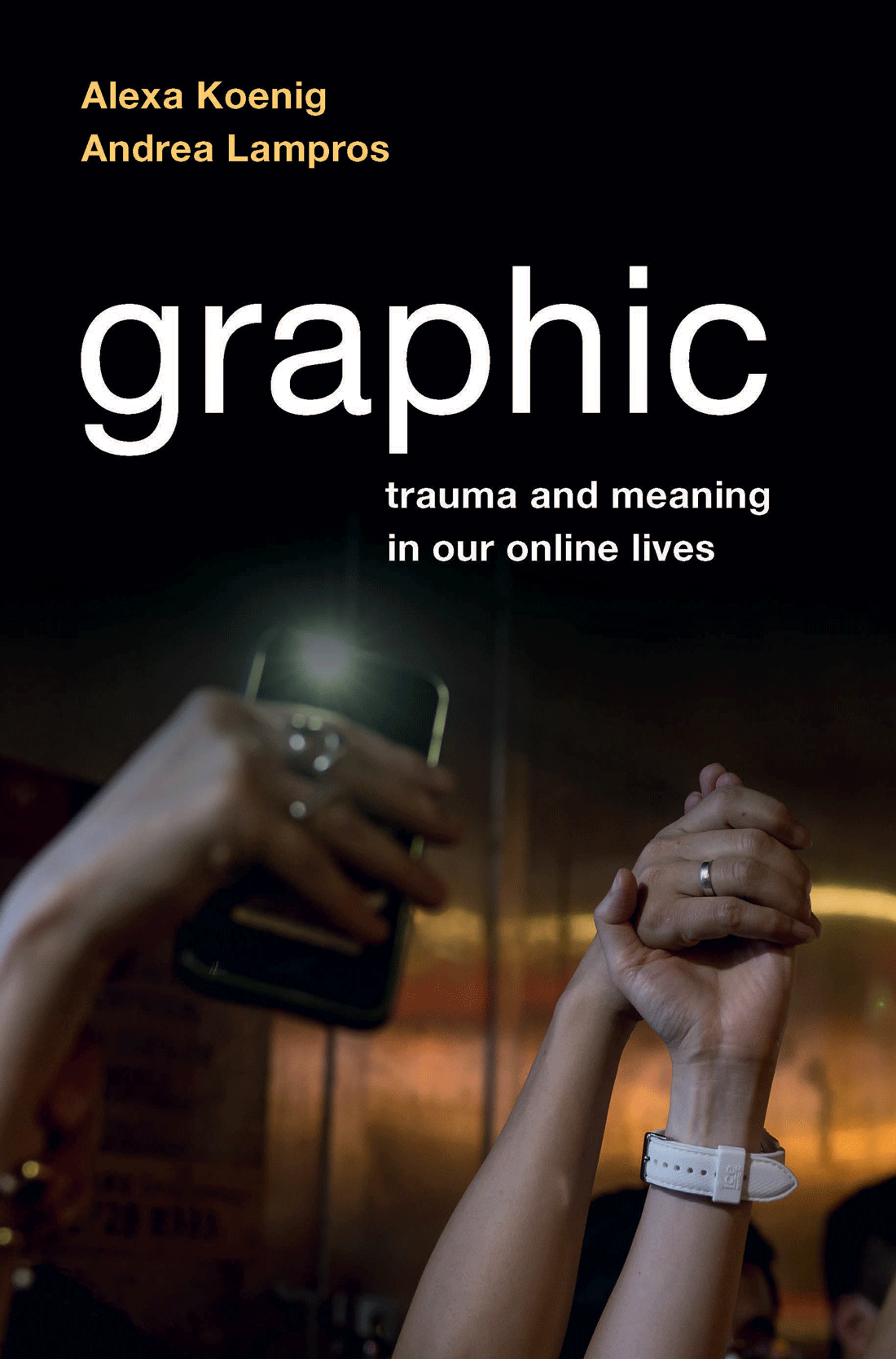
Scientific research shows clearly that second-hand exposure to atrocities — in photos and in audio and video recordings — can be harmful, the authors write. The images and sounds hit with an impact that literally can change one’s brain.
In Graphic, Koenig and Lampros trace how these images resonate in the amygdala and other emotional centers of the human brain, and in the prefrontal cortex and other networks of reason and executive function. And they review a range of research showing how viewing graphic images can, in effect, injure the brain:
- A 2015 study found that 40% of journalists and human rights workers tested had suffered high or very high "personal adverse effects" — changes in sleep patterns and emotional outlook, disrupted relationships — from viewing graphic digital content in their work. Some 20% of them reported adverse professional effects, including the need for extended sick leave. Some quit their jobs.
- A 2018 study of human rights workers found that nearly one in five who worked with violent content suffered from symptoms of post-traumatic stress disorder (PTSD) and depression that included intrusive memories, sleep disruptions and increased irritability. Most had little or no access to therapeutic support.
- Another study, focused on the general population, found that 22% of research participants scored high on clinical measures of PTSD simply from viewing images or videos of traumatic events. With repeated viewings, that trauma deepened.
The fifth edition of the Diagnostic and Statistical Manual of Mental Disorders — considered the bible for mental health assessment and treatment — concurred that workplace exposure to graphic images could cause secondary trauma. But, as Lampros and Koenig drily note, the manual fell short in "refusing to consider whether ordinary people can suffer similarly in the course of scrolling through news feeds."
Social media platforms will protect us — right?
Access or exposure to images of graphic violence from war and other conflict can inspire people to a higher sort of humanity. But those same images can cause injury, both psychological and moral.
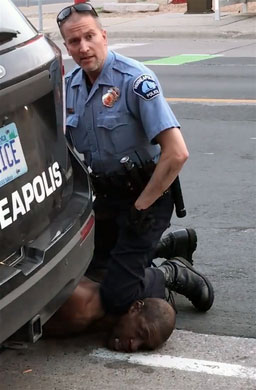
Think of video and photos of Minneapolis police officer Derek Chauvin, who is white, murdering George Floyd, who was Black, in 2020. Few people had ever seen a man who posed no evident threat being killed — and being killed with such apparent indifference.
For many Black people, the authors write, it was unbearable to watch — the pain was too familiar from a lifetime of experience. Others saw for the first time a stark, unambiguous expression of the white supremacy that has deep but often unseen roots in U.S. history.
That revelation moved them, by the millions, to go into America’s streets to protest police brutality and racial injustice. It was a national moment of awakening — until the momentum turned.
While the protests were overwhelmingly peaceful, a relatively small number featured violence and looting. Right-wing forces used social media to show those events, broadly characterizing all the protests as lawless and threatening, even anti-white. Incredibly, some angry factions sided not with the victim of police violence, but with the police.
Koenig is distressed to see a related polarization in the war between Israel and Hamas. If you click on posts that seem favorable to Israel, social media algorithms feed you more of those stories; so, too, if you click on posts favorable to Hamas. The dynamic is amplified when partisans use doctored photos or misrepresented videos to gain support.
"You get this sort of incredulousness that people on the other side don’t understand how horrific things are in Gaza, or how horrific things have been in Israel," she said. "That creates an inability to discuss what needs to happen collectively, or globally. And that’s really dangerous for democracy, for national security, for the stability of geopolitical relationships.
"I think we’re at a tipping point that we really aren’t prepared to grapple with."
But that’s the way that social media work: They want us to click, whatever the consequences.
Those committed to justice have a duty to remain resilient
Not too long ago, there was an unspoken ethos among human rights workers and journalists: Get tough, or get out.
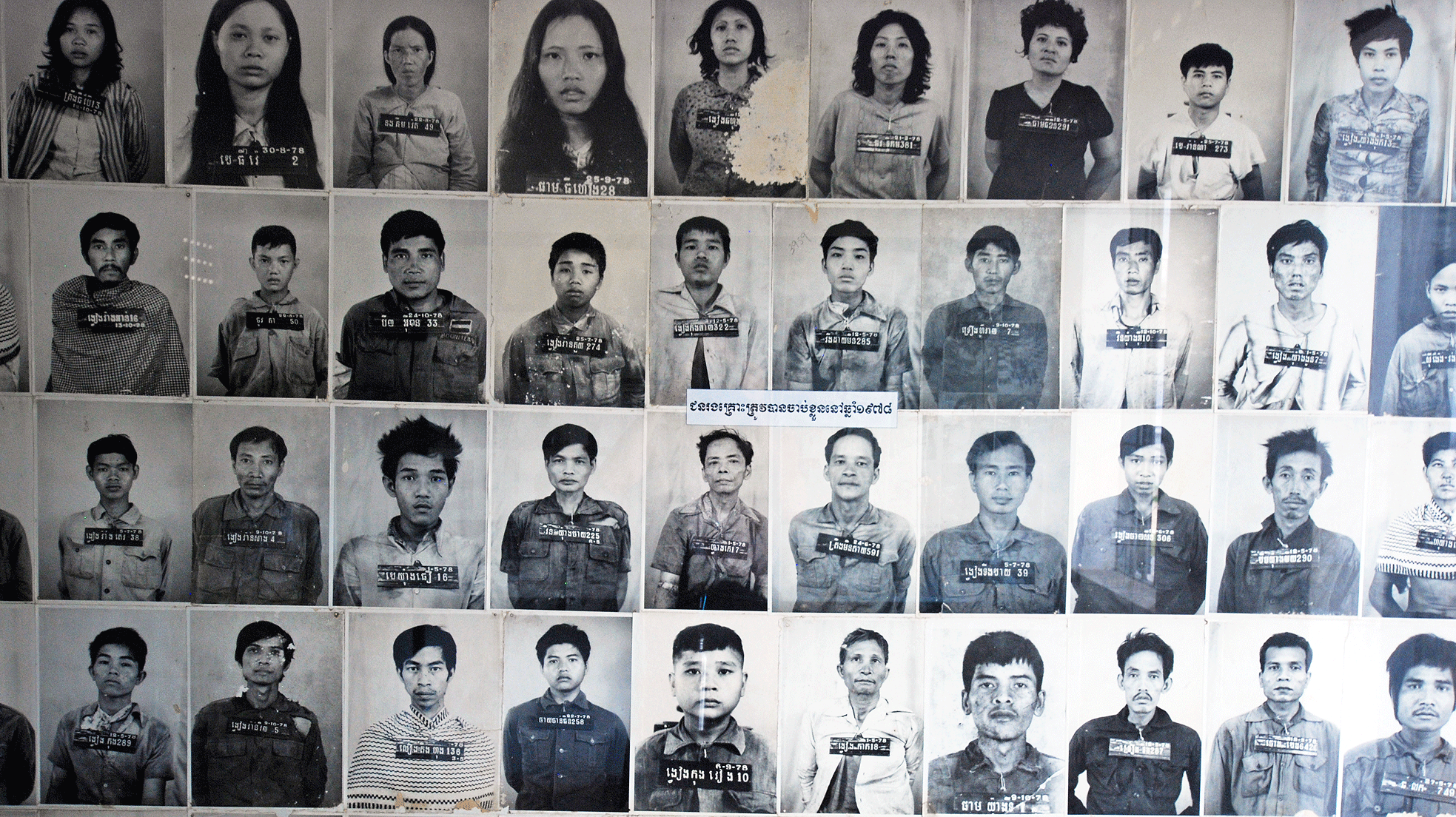
Koenig and Lampros see risk in such values — harm to students or others drawn to the work, burnout and flight to jobs in other fields. So their book details a set of strategies for self-protection and self-care.
Human rights workers, journalists and even news consumers committed to democracy have a duty to avoid burnout and despair.. They have a duty, the authors say, to remain resilient. And that means handling graphic visual data like any dangerous material — with great care:
Watch graphic images on a small screen to lessen the impact. Listen with the sound turned down or off, to avoid hearing people in distress. Keep viewing sessions short.
View materials in a public space, not in isolation. After viewing the images, perhaps take a walk outside or meditate. Recent research found that when viewers play the game Tetris within several hours after a traumatic experience, the authors wrote, they’re less likely to have intrusive memories about what they’ve seen.
Be a discerning consumer of social media. Learn how social media manipulates and divides us. And know that, for your own well-being, it’s OK to not look at all.
Taken together, the authors say, these strategies help people keep their eyes and hearts open. By nurturing our empathy, we can stay aware of injustice. Grateful for our own safety, we can sustain the energy needed in a long-haul campaign for justice.
Graphic is about images, but it goes far beyond the visuals that shock us and test our faith in humanity. It’s a contemplation of how to constructively engage a world in which people do unspeakable things to one another.
"Finding meaning requires a deeper consideration for each of us," the authors write. "What matters to us? How can grappling with humanity’s pain actually strengthen us as humans? Finding a sense of satisfaction — even in the ongoing struggle against oppression — is no small task and yet is essential to the change we may seek to make in the world."